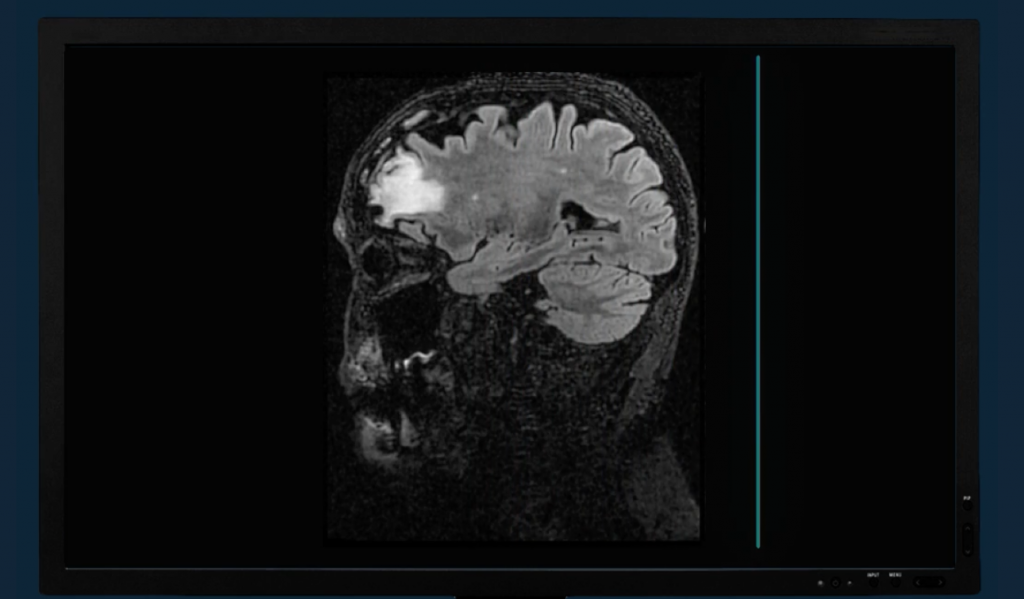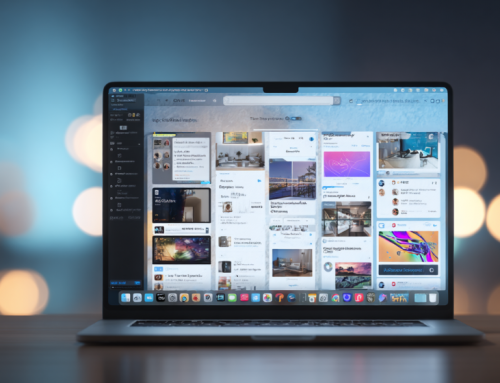
AI is transforming the medical profession at all levels. Brain scans will cost far less using AI.
AI Helps Deliver Better, Lower-Cost Health Care as It Improves COVID Odds
Although it is difficult to find the bright spots in the Covid -19 pandemic, there are some. The amazing speed with which the vaccines were developed and distributed was truly a bright spot. And things are looking good in other areas of the medical field due to the growing use of AI.
Melissa Angell, a writer for inc.com, wrote a story with good news about the growth that AI for health care. After covering a Future Of Health conference, she discovered that it is transforming the industry.
Deepa Varadharajan, a senior managing analyst at the New York City-based research and analytics firm, explained that consumers can look forward to improved access and quality of health care, in addition to lowered costs—courtesy of artificial intelligence spurred by the coronavirus.
More than 170 startups are driving “anytime, anywhere care,” said Varadharajan, noting that she expects the trend to continue. In addition to providing a growth industry for those working to further A.I., improving accessibility and lowering the cost of care could make the lives of time-crunched workers far more convenient—especially if the technology cuts down the time it takes to see a doctor or get a test done.
AI and natural language processing are being introduced to listen to doctor-patient exchanges in the exam room. Then it summarizes the information and presents a typed version of its results. According to reports, this AI has a 96% accuracy rate while being trained on 400 doctors for 6 months. The time it saves doctors is phenomenal.
Here are the five trends shared by CB Insights that are affecting health care:
1. Bridging the gap between virtual and in-person care
Telehealth is becoming a common tool in medicine due to the pandemic, but also due to improved AI tools, including report monitoring devices. Digital health company Eko offers AI-powered stethoscopes along with a hand-held electrocardiogram, a test that evaluates a person’s heart health. For instance, a patient can live stream their heart and lung sounds for their doctor during a virtual visit.
2. Expanding lab test accessibility for patients
The pandemic is normalizing at-home Covid-19 rapid testing, and that could further other at-home diagnostics testing. Remote clinical testing company Healthy.io uses computer vision, artificial intelligence, and colorimetric analysis so that patients can conduct at-home urinary tract infection tests or annual urine tests.
3. Driving down radiology costs
Artificial intelligence isn’t making just radiology faster; it’s also driving down the costs associated with pricey scans and other imaging. That’s thanks in part to the use of A.I.-assisted computerized tomography scans, which have grown in popularity for diagnosing Covid-induced pneumonia. AI has been proven to read MRIs and x-rays better than the majority of techs or doctors. AI can lower the costs and the amount of exposure to radiation that patients are required to undergo.
4. Picturing computer vision
Another unintended benefit of the pandemic: Computer vision is making inroads in specialty care. With computer vision, which is a form of AI that allows computers to learn to recognize and interpret visuals, fields including physical therapy, where patients almost exclusively rely on the direction of a physical therapist, now see the promise of making virtual connections.
5. Deploying passive monitoring technology
Many of us use or have used the Apple Watches and Fitbits to help keep track of our vitals data like heart rate or calories burned. That technology is only getting better.
One newer approach to monitoring patients is using contactless in-home monitoring systems, which can keep track of a patent’s sleep activities and respiration with the help of a sensor.
“Big techs and startups are breaking ground here in passive monitoring and as this technology takes off, we’ll head toward more proactive intervention–especially in senior and acute care setting,” Varadharajan says.
So once again the human spirit has dug deep and come up with new tools to fight an ancient battle against human diseases. Fortunately, these new AI-driven tools will stay with us and improve the quality of health care while hopefully lowering the cost of medical care for everyone.
read more at inc.com







Leave A Comment